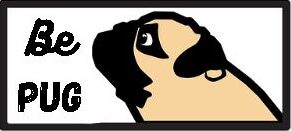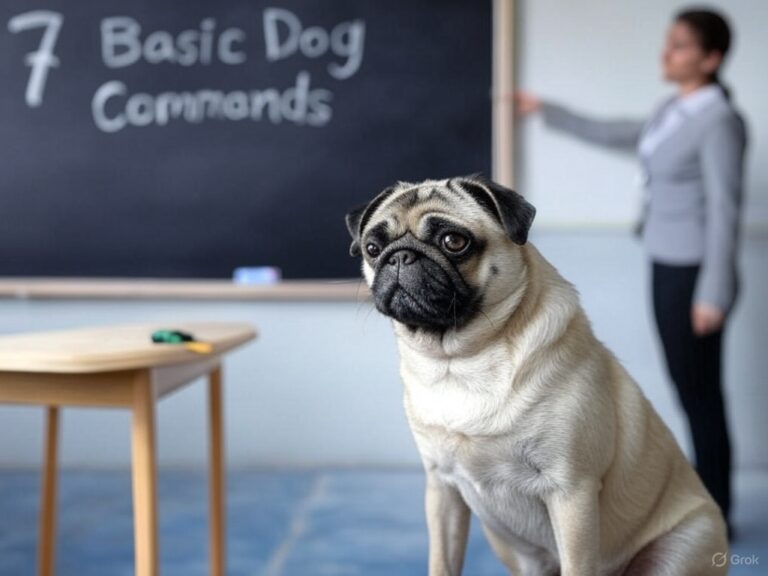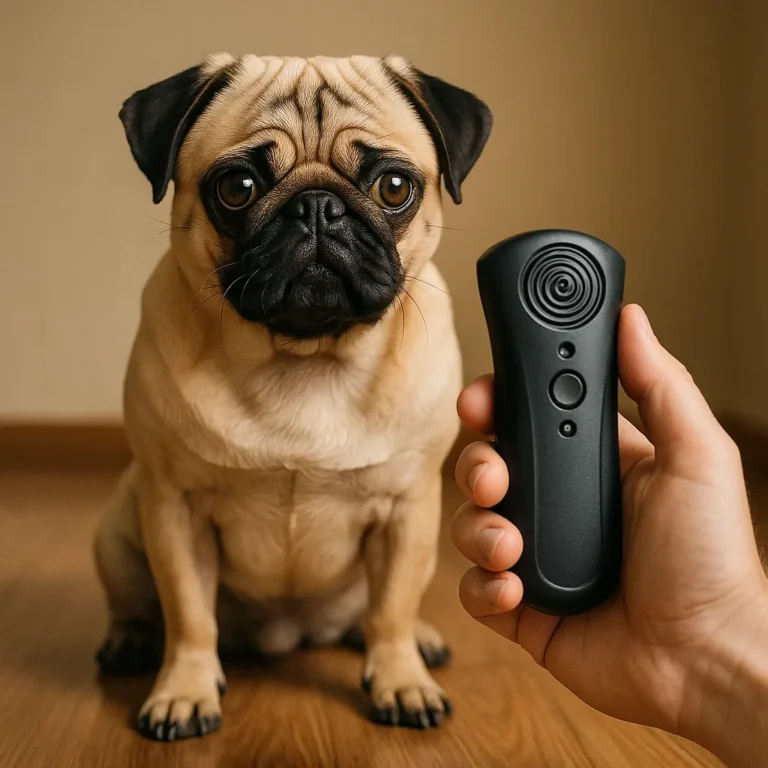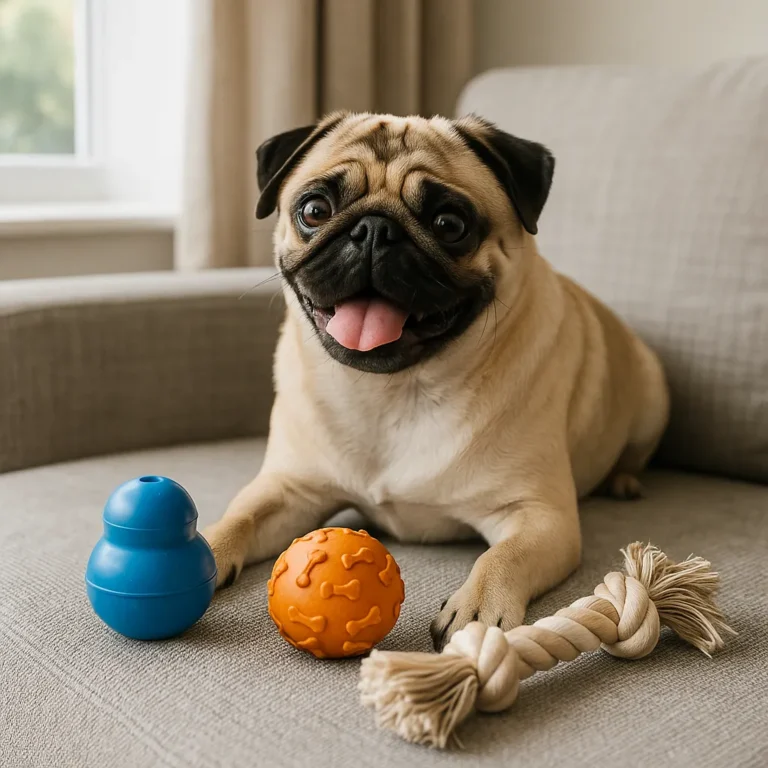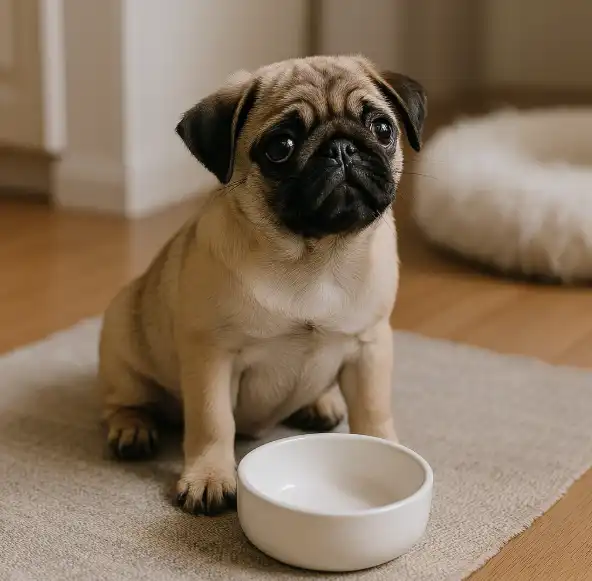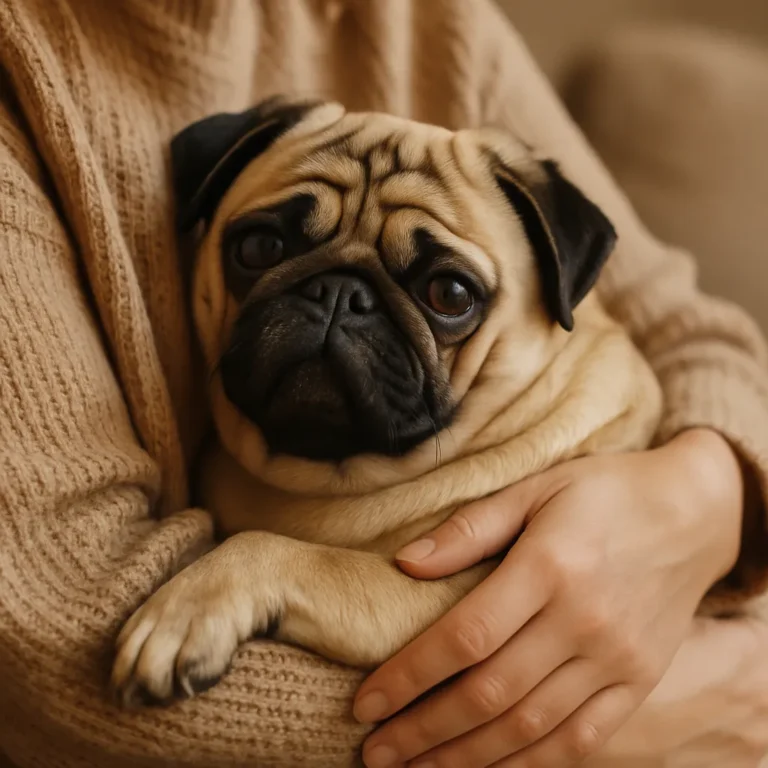Velcro Dogs: What It Means and Why Pugs Fit the Description

Disclosure: This post contains affiliate links. As an Amazon Associate, I earn from qualifying purchases—at no extra cost to you.
If you’ve ever had a dog that follows you everywhere, sits on your feet, or refuses to leave your side, you may have a “Velcro dog.” The term describes particularly clingy dogs, always wanting to be close to their owners. While many breeds can exhibit this behavior, pugs are often seen as the quintessential Velcro dogs. Let’s explore what it means to have a Velcro dog and why pugs, in particular, are so known for their clinginess.
What Does “Velcro Dog” Mean?
The term “Velcro dog” is used to describe a dog that forms an intense bond with its owner. These dogs are often inseparable from their humans, following them around the house, snuggling up at every opportunity, and showing affection that goes beyond what is typical for many other breeds. While some dogs are more independent and content to entertain themselves, Velcro dogs tend to seek constant companionship and attention from their owners.
This behavior is usually seen in breeds that are more people-oriented and affectionate. While it can be charming, it can also become overwhelming for some owners who might need a bit more personal space.
Why Pugs Are the Ultimate Velcro Dogs
Pugs are known for their affectionate and sociable nature, making them prime candidates for the Velcro dog title. These small, compact dogs have a reputation for being incredibly loving and loyal, with a strong desire to stay close to their owners. Here’s why pugs are often considered the perfect example of Velcro dogs:
Affectionate Personality
Pugs thrive on human interaction. They are naturally loving dogs who seek out attention and affection from their owners. Unlike some breeds that may be more independent or aloof, pugs are constantly looking for ways to snuggle or sit close to their humans. Whether it’s lying on your lap, following you from room to room, or curling up by your feet, a pug is happiest when it’s physically close to you.
Social Nature
Pugs are social dogs that get along well with people and other pets. Their need for companionship means that they prefer to be around their family members, often forming a strong attachment to their owners. This social nature is why pugs do not like being left alone for extended periods. They can become anxious and even depressed when they don’t have their humans around, which is a classic sign of a Velcro dog.
Dependence on Their Owners
Pugs have a unique way of showing their dependency on their owners. They are always seeking reassurance, often following you from room to room and keeping a constant eye on your movements. When you’re sitting down, they’ll likely climb onto your lap or snuggle next to you. This need for closeness is what solidifies their place as Velcro dogs. Their desire to be near you is not out of necessity but rather a deep bond and affection for you.
Adaptability
Despite their clingy nature, pugs are adaptable dogs. They are well-suited for apartment living and are content to spend time indoors as long as they have their human by their side. This makes them ideal companions for people who want a dog that’s easy to love and always up for attention, without needing a large yard or intense exercise routine.
Managing Your Velcro Pug
While pugs make excellent Velcro dogs, it’s important to manage their behavior to avoid separation anxiety or clinginess becoming problematic. Here are a few tips for handling your Velcro pug:
- Establish Boundaries: While it’s heartwarming to have a dog that loves being close to you, setting boundaries is essential. Teach your pug to be comfortable with independent play and sleeping in their own space.
- Create a Routine: Pugs thrive on consistency. By establishing a regular routine for walks, playtime, and meals, you can reduce anxiety and help your pug feel secure when you’re not around.
- Provide Mental Stimulation: Engage your pug with toys, puzzles, and interactive activities to keep their mind occupied when you’re not available for constant attention.
- Socialization: Encourage your pug to interact with other dogs and people to reduce their dependency on you. This can help your dog feel more comfortable and confident when you are not at home.
Conclusion
Velcro dogs, especially pugs, are truly special companions known for their constant need for love and attention. Their affectionate, loyal, and social nature makes them excellent pets for families and individuals who are ready to provide the companionship they crave. However, pug owners need to understand their Velcro dog’s needs and manage their behavior to ensure a happy, healthy relationship. If you’re ready to embrace a dog that will love you unconditionally and always want to be by your side, a pug may be the perfect Velcro dog for you.
